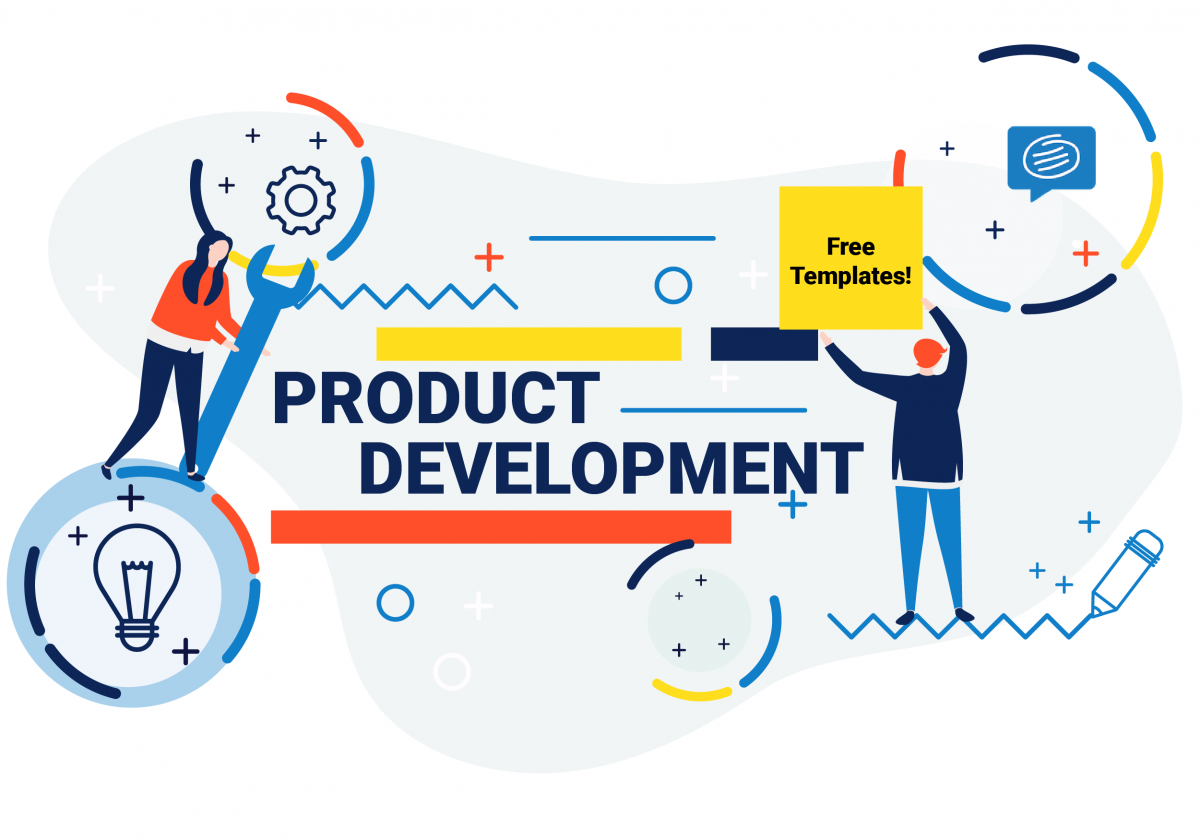Reimagining Production: How the Tactics Are Evolving

In recent years, the global manufacturing landscape has seen substantial changes, prompting numerous companies to reevaluate their dependence on China as a key hub for manufacturing and product design. As supply chains turn involved and interconnected, elements such as geopolitical tensions, rising labor costs, and the need for greater agility have led organizations to explore alternatives. This shift is more than a strategic shift but a core rethinking of the way and where products are manufactured.
The choice to move manufacturing out of China is driven by a variety of causes, including the need for diversification and reducing risk. Companies are more and more looking to create more localized production facilities near their markets, which not only reduces shipping times but might also enhance responsiveness to consumer trends. By utilizing new manufacturing strategies, businesses are setting themselves up to innovate effectively and adapt to shifts in the market, all while keeping control over their design processes for products.
Shifts in Product Design Philosophy
A change in production away from Chinese factories is impacting product design in significant ways. As companies evaluate different locations for production, they are progressively prioritizing local market needs and preferences. This localized approach to design helps manufacturers produce products that appeal more with consumers, guaranteeing improved market fit and enhanced sales potential. The potential to quickly iterate and incorporate local insights hastens the design process and fosters innovation.
Moreover, the focus on sustainability is encouraging a reconsideration of product design standards. With growing consumer awareness around environmental impacts, designers are now challenged with creating products that are not just useful and desirable, but also sustainable. move manufacturing out of china has led to a rise in the use of recyclable materials, energy-efficient manufacturing techniques, and designs that facilitate easier disassembly for recycling. By integrating sustainability into the heart of product design, companies can enhance their brand identity while meeting rigorous regulatory requirements.
In addition, technological advancements are reshaping how products are designed and manufactured. As digital tools and automation grow more prevalent, designers can take advantage of data analytics and artificial intelligence to improve their concepts. This technology-driven approach allows for unprecedented customization and responsiveness to market trends. By integrating smart technologies into product design, manufacturers can offer improved features and functions that cater to the evolving needs of consumers, solidifying their market edge in the market.
Evolving Production Trends
The environment of manufacturing is quickly evolving, driven by progress in technology that enable for increased effectiveness and adaptability. Breakthroughs such as 3D printing, also known as 3D printing, are reshaping how products are designed and produced. This method allows companies to design complex designs with less resource consumption and shortened time to market, making it an appealing option for businesses looking to cut costs while maximizing creativity in product development.
Another significant development is the increase of automation and robots in production operations. With the integration of smart machines and artificial intelligence, manufacturers can simplify operations, enhance precision, and elevate productivity. This shift is particularly significant as industries seek to respond to changing market needs and workforce gaps. By utilizing automated systems, companies can keep competitive advantages and improve the quality of product excellence across their manufacturing processes.
Moreover, the Internet of Things is revolutionizing how manufacturers monitor and manage their supply chains. Connected devices enable for real-time monitoring of resources and goods, facilitating better decision-making and lessening delays. This technology provides manufacturers with valuable insights into their operations, helping them to optimize processes and respond swiftly to shifts in demand or issues. As these developing technologies continue to develop, they pave the way for a new era of manufacturing that emphasizes adaptability and effectiveness outside of conventional locations like China.

Future Trends of Worldwide Manufacturing
As companies reconsider their procurement networks, a move towards diversified manufacturing facilities is growing clear. The challenges caused by the COVID-19 crisis have highlighted flaws in overdependence on one nation for production. Nations in Asia, Bangladesh, and other regions are now being regarded as viable alternatives, delivering not only economical solutions but also a streamlined logistics network for worldwide commerce. This movement supports a more stable manufacturing ecosystem that can better withstand political challenges and economic fluctuations.
Furthermore, developments in innovation are allowing manufacturers to integrate product creation and manufacturing processes more seamlessly across different regions. Automation, 3D fabrication, and advanced production solutions are creating a more equitable market for manufacturers, allowing them to establish operations in proximity to their consumer bases. This innovation wave is driving creativity and redefining how products are developed and introduced, straying from the old paradigms that previously dominated global manufacturing.
Lastly, the increasing focus on environmental responsibility is shaping manufacturers to embrace methods that support environmental standards. This requires a focus on localized production that reduces carbon emissions and promotes sustainable procurement of materials. As companies focus on sustainability in their product design and manufacturing methods, they are predisposed to seek out areas that not only offer benefits but also maintain environmental criteria. This comprehensive strategy will define the next phase of global manufacturing, leading to a more sustainable and accountable supply chain.
